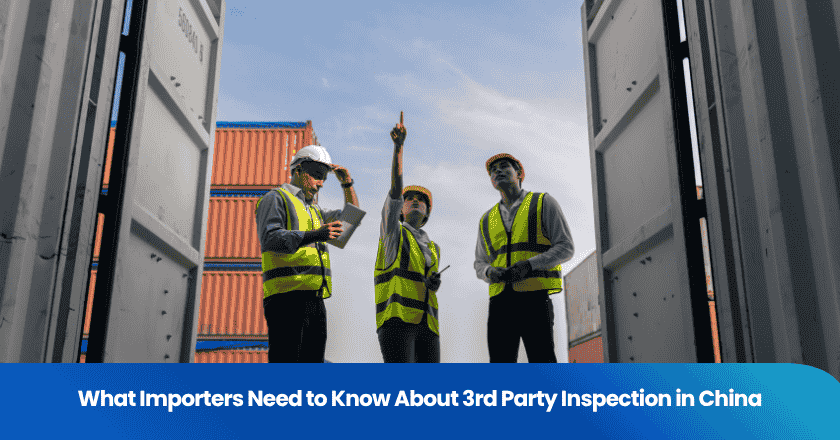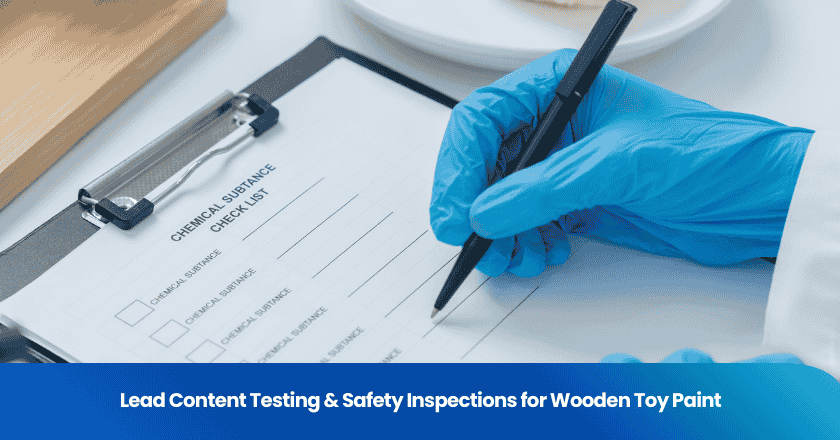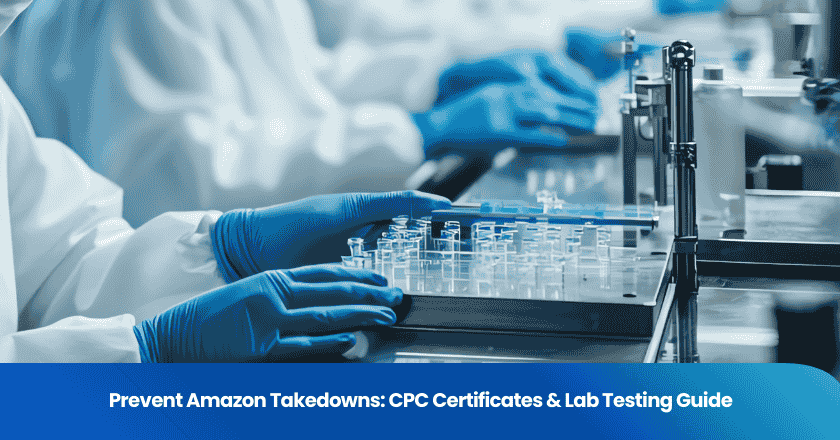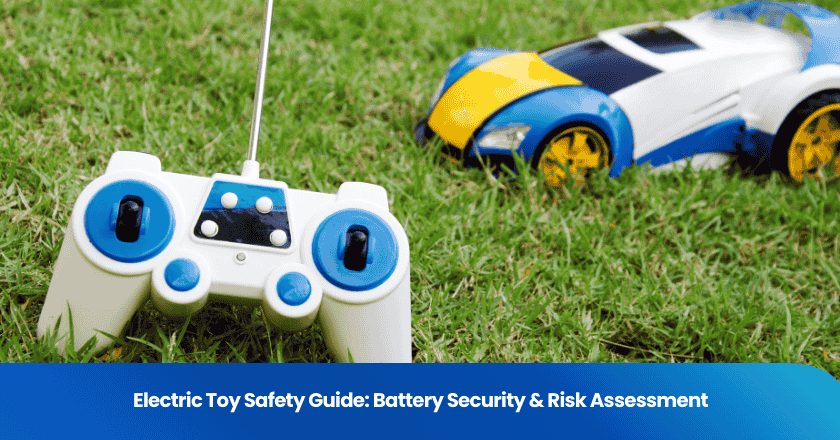
Third-party inspection offers importers in China an independent evaluation of goods before shipment. Unlike internal audits, third-party inspection provides unbiased results that help buyers make informed decisions. Professionals in 3rd party inspection china use strict procedures to verify product quality and safety. This process supports compliance with international standards and reduces the risk of costly errors. Many companies rely on third-party inspection to protect their interests and maintain trust in global trade.
What Is Third-Party Inspection?
Third-party inspection refers to an independent and neutral assessment of products or services. This process involves a specialized organization that evaluates goods on behalf of the buyer. The main goal is to ensure that the products meet specific quality, safety, and compliance standards before shipment.
Key Features
Third-party inspection stands out due to several important features:
• Independence: The inspection team does not have any direct interest in the transaction. This independence helps guarantee objective results.
• Expertise: Inspectors possess technical knowledge and experience in various industries. They understand international standards and testing methods.
• Standardized Procedures: The process follows strict protocols. Inspectors use detailed checklists and testing equipment to verify product specifications.
• Comprehensive Reporting: After the inspection, the team provides a detailed report. This document includes findings, photographs, and recommendations.
Tip: Importers should review inspection reports carefully. These documents often reveal issues that may not be visible during routine supplier checks.
Impartiality
Impartiality remains a core principle of third-party inspection. Internal or supplier checks may suffer from bias or conflicts of interest. For example, a supplier might overlook minor defects to avoid delays or extra costs. In contrast, third-party inspection offers an unbiased evaluation. This approach helps importers:
• Detect hidden defects or non-compliance early.
• Ensure products meet contractual and regulatory requirements.
• Build trust with customers by delivering consistent quality.
A neutral inspection process protects the interests of all parties. It reduces the risk of disputes and costly returns. Third-party inspection also supports long-term business relationships by promoting transparency and accountability.
Why Importers Need 3rd Party Inspection China
Quality Assurance
Importers face significant challenges when sourcing products from overseas suppliers. 3rd party inspection china provides a reliable solution for maintaining high product quality. Independent inspectors visit factories to verify that goods meet the buyer’s specifications. They check materials, workmanship, and packaging. This process ensures that every shipment aligns with the agreed standards.
Third-party inspection teams use detailed checklists and testing protocols. They identify defects and inconsistencies before products leave the factory. This approach prevents substandard goods from reaching the market. Importers who invest in third-party inspection gain confidence in their supply chain. They know that quality control measures are in place at every stage.
Note: Consistent product quality builds a strong reputation for importers and reduces the risk of customer complaints.
Risk Reduction
Global trade involves many risks, including production errors, miscommunication, and fraud. 3rd party inspection china acts as a safeguard against these threats. Inspectors serve as the eyes and ears of the importer on the ground. They detect problems early, such as incorrect labeling or missing components.
Third-party inspection reduces the likelihood of costly returns and legal disputes. Importers receive transparent reports that highlight any issues found during the inspection. These reports allow buyers to make informed decisions about accepting or rejecting shipments. By using 3rd party inspection china, companies minimize financial losses and protect their brand image.
A well-executed inspection process also supports effective quality control. It helps importers address problems before they escalate, saving time and resources.
Compliance
Regulatory requirements continue to evolve in international trade. Importers must ensure that their products comply with safety, environmental, and industry standards. 3rd party inspection china plays a critical role in this area. Inspectors verify that goods meet all relevant regulations and contractual obligations.
Third-party inspection teams understand the latest compliance requirements. They check documentation, labeling, and certifications. This attention to detail helps importers avoid penalties and shipment delays. Transparent reporting from third-party inspection builds trust between buyers and suppliers. It demonstrates a commitment to ethical business practices and long-term partnerships.
Tip: Importers should review inspection certificates and reports carefully to confirm compliance before approving shipments.
Third-Party Inspection Process
Types of Inspections
Third-party inspection covers several stages in the manufacturing and shipping process. Each type serves a unique purpose:
• Pre-production inspection: Inspectors check raw materials and components before production begins. This step helps prevent quality issues from the start.
• During production inspection: Inspectors visit the factory while production is underway. They verify that processes and products meet the required standards.
• Pre shipment inspection: This inspection takes place when production is complete but before goods leave the factory. Inspectors confirm that products match the buyer’s specifications.
• Container loading inspection: Inspectors monitor the loading process to ensure correct quantities and proper handling.
Note: Importers often combine different types of inspections for maximum coverage and risk reduction.
Step-by-Step Workflow
A typical third-party inspection process follows a clear workflow:
1. The importer books the inspection and provides product details.
2. The inspection team reviews requirements and prepares a checklist.
3. Inspectors visit the factory at the scheduled time.
4. They conduct visual checks, functional tests, and measure product dimensions.
5. Inspectors document findings with photos and notes.
6. The team compiles a detailed report and sends it to the importer.
This workflow ensures that every pre shipment inspection delivers reliable and actionable results.
What to Expect
Importers can expect a structured approach at each stage. During pre shipment inspection, inspectors focus on product quality, quantity, and packaging. They check for defects, verify labels, and ensure compliance with standards. After the inspection, the importer receives a comprehensive report. This document includes test results, photos, and recommendations.
| Inspection Stage | Main Focus | Outcome |
|---|---|---|
| Pre-production | Materials, components | Early issue detection |
| During production | Process, workmanship | Ongoing quality control |
| Pre shipment inspection | Final product, packaging | Approval or corrective action |
| Container loading | Quantity, handling | Secure and accurate shipment |
Tip: Importers should review inspection certificates and reports before approving shipments.
Choosing an Inspection Provider
Selection Criteria
Importers should evaluate several factors when selecting a provider for third-party inspection services. A reliable provider demonstrates strong technical expertise and a proven track record in the relevant industry. The provider should offer clear communication and transparent reporting. Inspectors must hold proper certifications and understand both international and local standards. Availability and responsiveness also matter, especially when dealing with tight production schedules. Importers benefit from providers who offer flexible inspection plans and detailed checklists tailored to specific products.
Tip: Request sample reports to assess the provider’s attention to detail and reporting style.
Red Flags
Certain warning signs indicate that an inspection provider may not deliver quality results. Lack of accreditation or unclear qualifications raises concerns about reliability. Providers who hesitate to share references or past inspection reports may lack transparency. Poor communication, delayed responses, or vague pricing structures often signal potential problems. Importers should also watch for providers who promise unrealistically fast turnaround times or guarantee perfect results without proper evaluation.
| Red Flag | Why It Matters |
|---|---|
| No accreditation | May lack industry standards |
| Unclear pricing | Hidden costs possible |
| Poor communication | Risk of misunderstandings |
| No sample reports | Lack of transparency |
Questions to Ask
Importers should ask targeted questions before hiring an inspection provider. Key questions include:
• What experience do you have with products in my industry?
• Can you provide sample inspection reports?
• How do you ensure inspector impartiality?
• What certifications do your inspectors hold?
• How quickly can you schedule and deliver inspections?
• What is your process for handling disputes or discrepancies?
These questions help importers gauge the provider’s professionalism and suitability for their needs.
Maximizing Inspection Value
Communication
Clear communication between importers and inspection teams sets the foundation for successful outcomes. Importers should provide detailed product specifications, inspection criteria, and expectations before the inspection begins. Visual aids, such as diagrams or photos, help clarify requirements. Regular updates from the inspection team keep all parties informed about progress and findings. When both sides understand the process, misunderstandings decrease, and results improve.
Tip: Use a checklist to outline every critical aspect of the product. This approach ensures inspectors focus on the most important details.
Common Mistakes
Importers sometimes overlook key steps that can impact inspection effectiveness. One common mistake involves providing vague or incomplete instructions to inspectors. Without clear guidelines, inspectors may miss important defects or compliance issues. Another mistake occurs when importers skip reviewing inspection reports thoroughly. Overlooking these documents can lead to missed opportunities for timely detection of quality problems. Relying solely on verbal updates instead of written records also increases the risk of miscommunication.
| Mistake | How to Avoid |
|---|---|
| Vague instructions | Share detailed checklists |
| Ignoring reports | Review all documents carefully |
| No written records | Request comprehensive reports |
Protecting Interests
Importers can take proactive steps to protect their interests during third-party inspections. They should define clear acceptance criteria and communicate these to the inspection team. Setting up a process for dispute resolution helps address any disagreements quickly. Importers should also request photographic evidence and retain all inspection documentation. These actions support quality control and provide proof if issues arise later. By staying involved and informed, importers strengthen their position and ensure inspections deliver real value.
Note: Consistent involvement in the inspection process helps maintain high standards and reduces the risk of costly errors.
Third-party inspection remains essential for importers in China. This process ensures impartiality, supports compliance, and strengthens quality control. Importers who follow clear steps and communicate effectively protect their business from costly mistakes. They also build trust with partners.
Looking ahead, digital tools and real-time reporting continue to shape the future of inspection. Staying informed about these trends helps importers maintain a competitive edge.
FAQ
What documents do importers need for third-party inspection?
Importers usually provide purchase orders, product specifications, packing lists, and inspection criteria. These documents help inspectors understand the requirements and perform accurate checks.
How long does a typical inspection take?
Most inspections take one day at the factory. The duration depends on order size and product complexity. Inspectors may need extra time for large shipments or detailed testing.
Can importers attend the inspection in person?
Importers can attend inspections if they wish. Many choose to rely on detailed reports and photos from the inspection team. Remote participation saves time and travel costs.
What happens if inspectors find defects?
Inspectors document all defects in the report. Importers review the findings and decide whether to accept, reject, or request rework on the shipment. Clear communication helps resolve issues quickly.
Grow your business with TradeAider Service
Click the button below to directly enter the TradeAider Service System. The simple steps from booking and payment to receiving reports are easy to operate.



